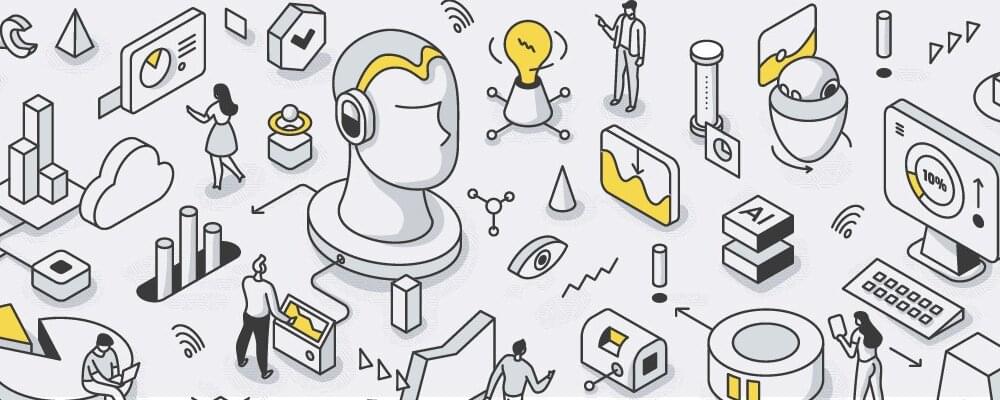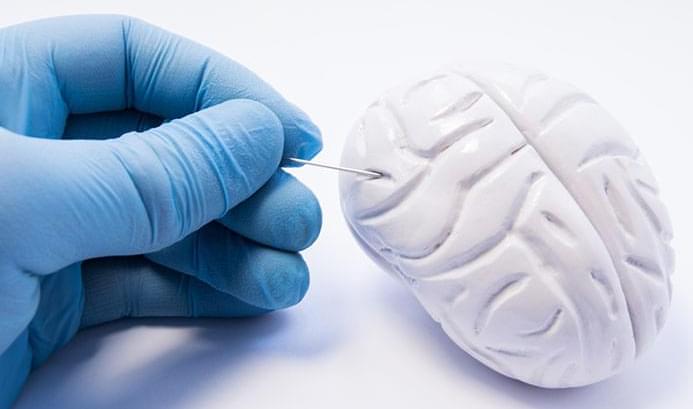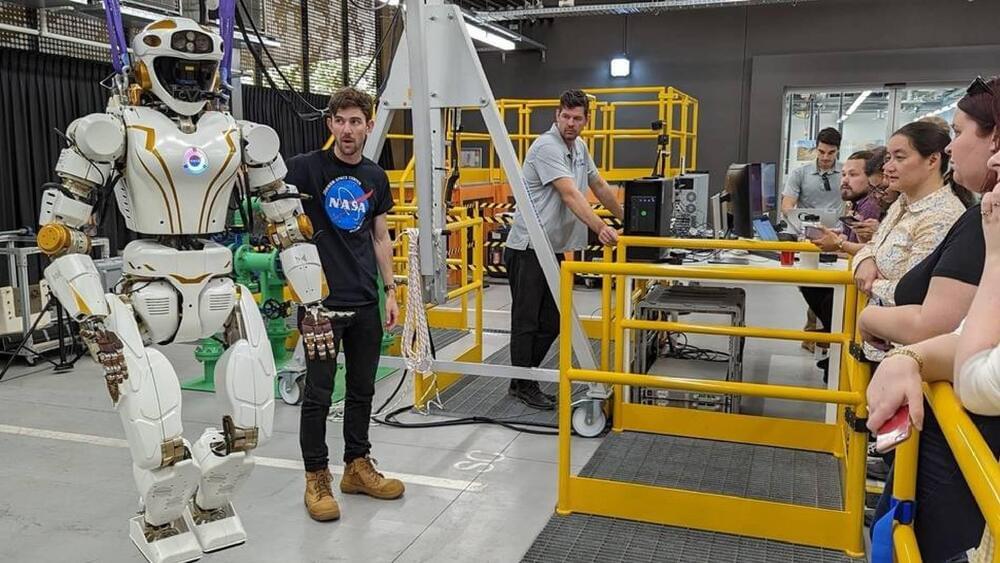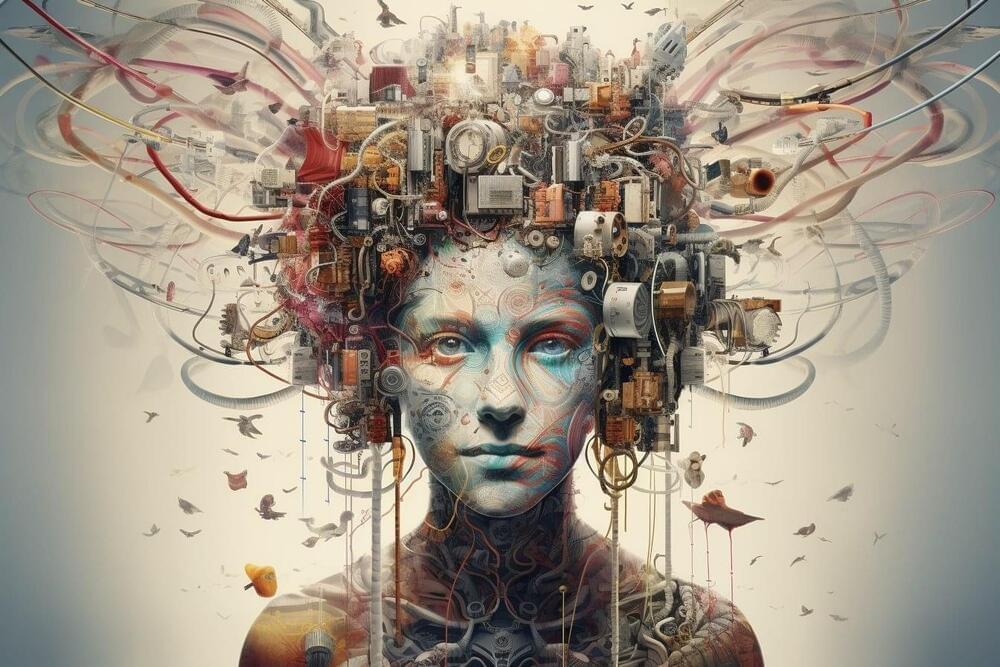In the near future, AI will make us feel that life is speeding up. Human behavior will change and industries will be radically transformed. Learn more.



Dr. ryan brinkman-vice president and research director, dotmatics
Scientists have long been perceived and portrayed in films as old people in white lab coats perched at a bench full of bubbling fluorescent liquids. The present-day reality is quite different. Scientists are increasingly data jockeys in hoodies sitting before monitors analyzing enormous amounts of data. Modern-day labs are more likely composed of sterile rows of robots doing the manual handling of materials, and lab notebooks are now electronic, in massive data centers holding vast quantities of information. Today, scientific input comes from data pulled from the cloud, with algorithms fueling scientific discovery the way Bunsen burners once did.
Advances in technology, and especially instrumentation, enable scientists to collect and process data at an unprecedented scale. As a result, scientists are now faced with massive datasets that require sophisticated analysis techniques and computational tools to extract meaningful insights. This also presents significant challenges—how do you store, manage, and share these large datasets, as well as ensure that the data is of high quality and reliable?



This is according to a press release by NASA published on Thursday.
Woodside Energy will test the machine’s software and provide data and feedback to NASA particularly as it relates to developing remote mobile dexterous manipulation capabilities to accommodate remote caretaking of uncrewed and offshore energy facilities.
“Valkyrie will advance robotic remote operations capabilities which have potential to improve the efficiency of Woodside’s offshore and remote operations while also increasing safety for both its personnel and the environment. In addition, the new capabilities may have applications for NASA’s Artemis missions and for other Earth-based robotics objectives,” said the NASA statement.

Summary: Artificial Intelligence (AI), specifically GPT-4, was found to match the top 1% of human thinkers on a standard creativity test. The AI application ChatGPT, developed using GPT-4, excelled in fluency and originality in the Torrance Tests of Creative Thinking, a widely recognized tool for assessing creativity.
This breakthrough finding indicates that AI may be developing creative ability on par with or even surpassing human capabilities. Dr. Erik Guzik, the lead researcher, anticipates that AI, with its rapidly evolving advancements, will become a key tool for business innovation and entrepreneurship.
Elon Musk has again decided to share a timeline about Tesla’s self-driving effort – again claiming it will achieve “full self-driving” by the end of the year.
But this time, the CEO has mentioned “level 4 or 5” self-driving. However, it’s not clear if he knows what that means.
Over the years, Musk has claimed that Tesla was on the verge of achieving “full self-driving capability” so often that it is hard to believe him now.

AI is overwhelming the internet’s capacity for scale.
The problem, in extremely broad strokes, is this. Years ago, the web used to be a place where individuals made things. They made homepages, forums, and mailing lists, and a small bit of money with it. Then companies decided they could do things better. They created slick and feature-rich platforms and threw their doors open for anyone to join. They put boxes in front of us, and we filled those boxes with text and images, and people came to see the content of those boxes. The companies chased scale, because once enough people gather anywhere, there’s usually a way to make money off them. But AI changes these assumptions.
Given money and compute, AI systems — particularly the generative models currently in vogue — scale effortlessly. They produce text and images in abundance, and soon, music and video, too. Their output can potentially overrun or outcompete the platforms we rely on for news, information, and entertainment. But the quality of these systems is often poor, and they’re built in a way that is parasitical on the web today. These models are trained on strata of data laid down during the last web-age, which they recreate imperfectly. Companies scrape information from the open web and refine it into machine-generated content that’s cheap to generate but less reliable. This product then competes for attention with the platforms and people that came before them. Sites and users are reckoning with these changes, trying to decide how to adapt and if they even can.
